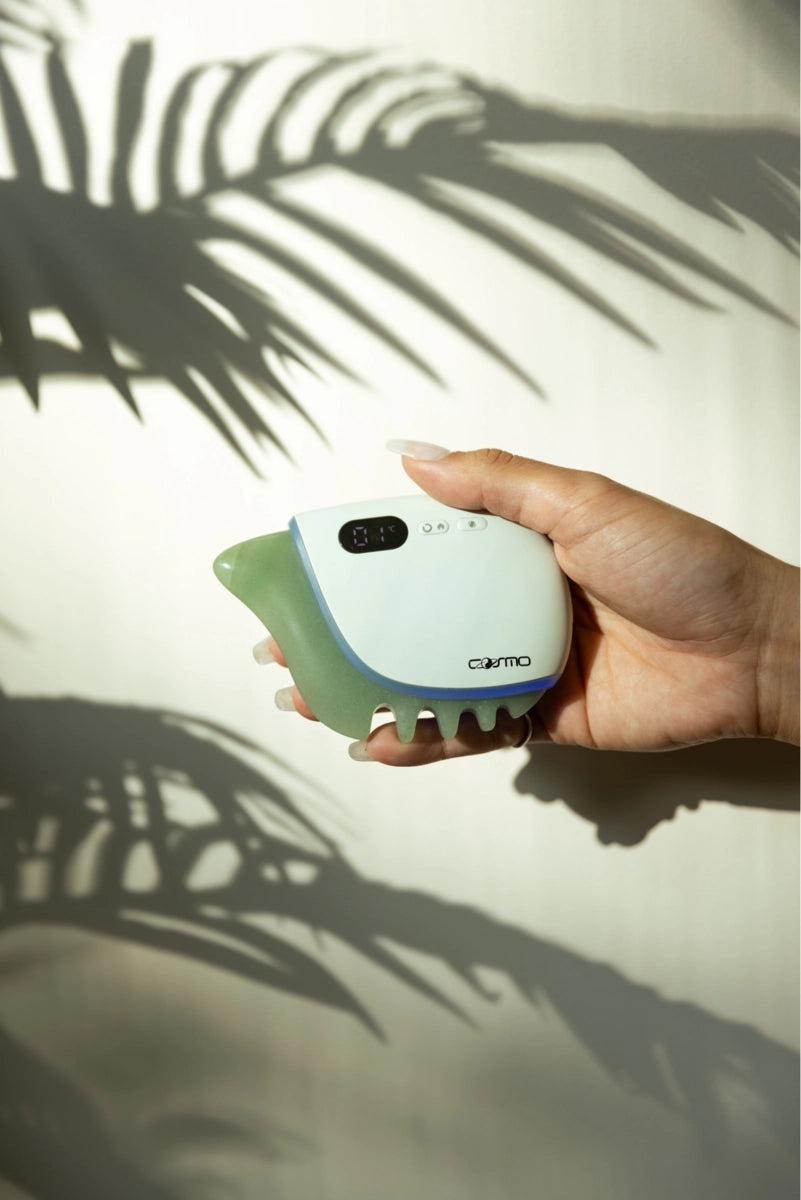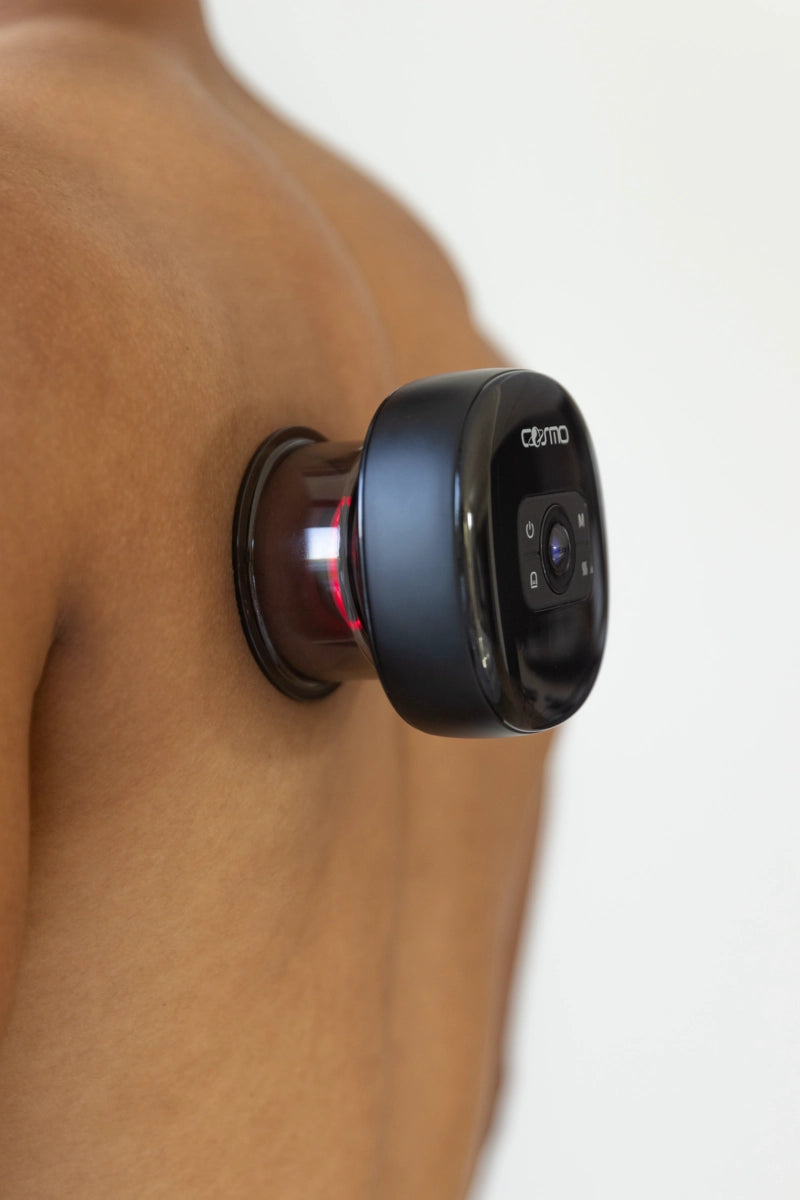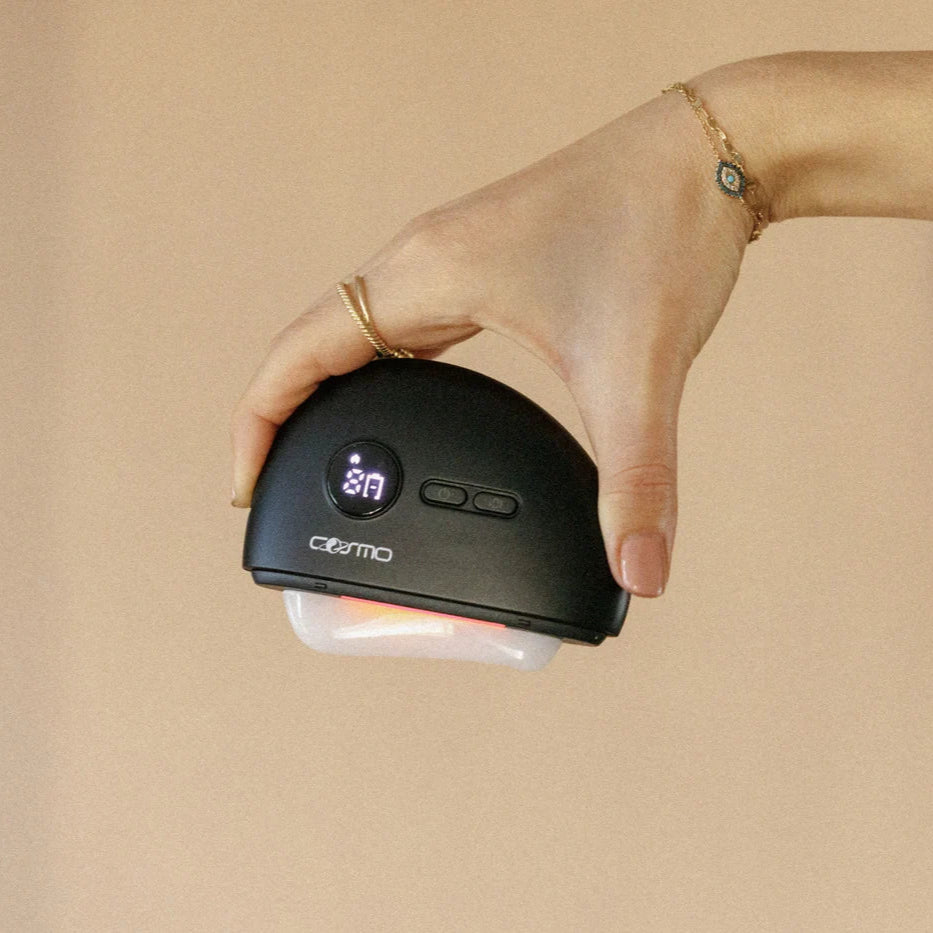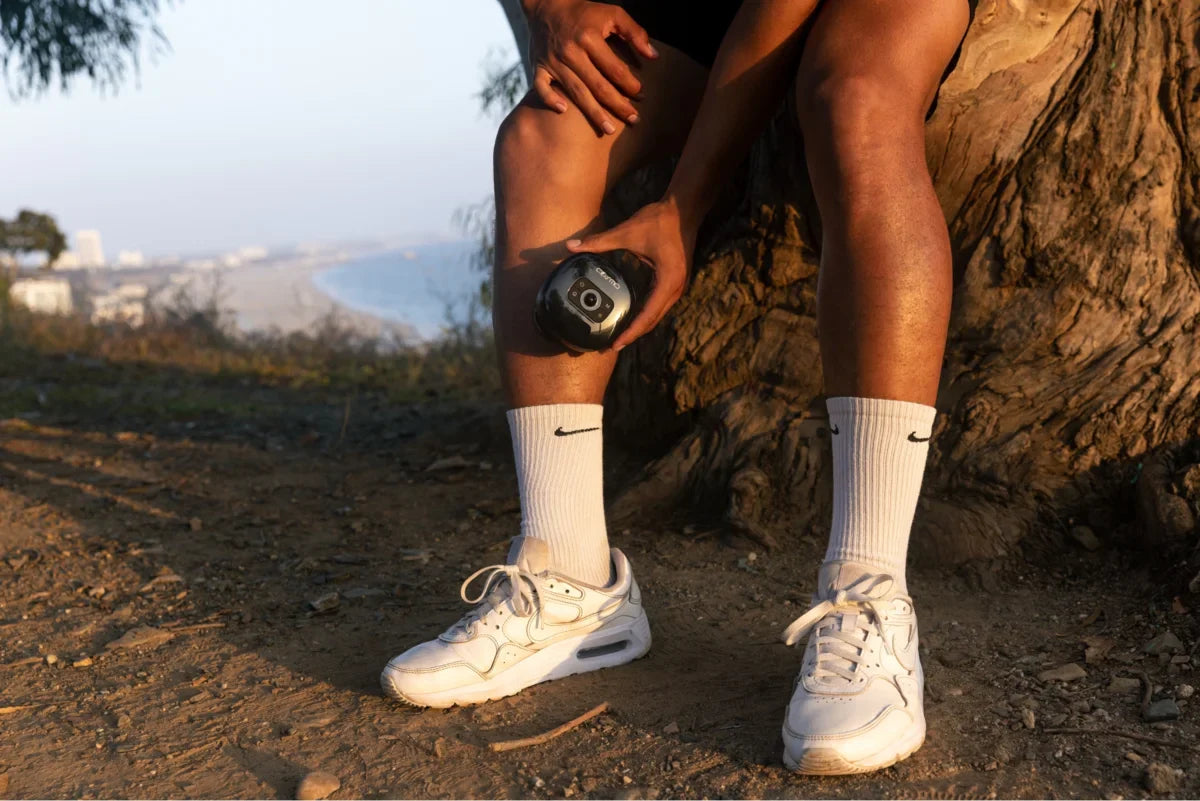Holistic health traditions worldwide speak of body energy meridians. These are invisible pathways within us that carry life force (Qi) and link our organs and tissues into one energetic whole. In Eastern medicine, wellness depends on smooth energy flow in the body, while blockages in these channels can lead to pain or disease. Lately, ancient practices like acupuncture, acupressure, gua sha, and cupping have surged in popularity as people rediscover meridian therapy techniques for healing and balance.

What Are Meridians? Understanding the Body’s Energy Channels
Traditional Chinese meridians are the foundation of Traditional Chinese Medicine (TCM), describing an intricate network of channels through which vital energy (Qi) flows. You can think of meridians as a system of rivers and streams in the body. Just as water flows through connected streams to nourish land, Qi flows through meridians to nourish tissues and organs. These channels aren’t blood vessels or nerves. Rather, they are conceptual pathways mapping how energy travels and interconnects the body. In TCM philosophy, Qi is the life force powering every process in the body. When it flows freely, we experience health, and when it’s blocked, we experience discomfort or illness. The meridian system provides a blueprint of this energy flow in the body, linking organs to specific points on the skin. Practitioners have identified a network of primary meridians along with numerous smaller branches, creating a comprehensive “map” of the body’s energy circulation. Even though meridians are invisible to the eye, they serve as an invaluable guide for diagnosing imbalances and for applying therapies such as acupuncture or acupressure to restore harmony.
Mapping the Meridian Network: The Meridian Chart and Organ Connections
The twelve primary meridians form an intricate network that operates in harmony over a 24-hour cycle, influencing physical and emotional well-being. Each meridian corresponds to a specific organ and has distinct energetic characteristics that maintain internal balance and vitality.
-
Lung Meridian: The Lung meridian begins in the chest and extends down the inner arm to the thumb. It governs respiration, energy intake, and emotional release. Healthy Lung energy promotes clarity, vitality, and openness, while imbalances can manifest as shallow breathing, fatigue, or chest-and-shoulder tension related to grief.
-
Large Intestine Meridian: Running from the index finger up the arm to the face, the Large Intestine meridian supports detoxification and emotional letting go. It regulates waste elimination. When balanced, it encourages decisiveness and clarity; when stagnant, it may cause constipation, skin issues, or difficulty moving on from the past.
-
Stomach Meridian: This meridian starts near the eye, travels down the torso, and ends at the second toe. It governs digestion, nourishment, and grounding. A balanced Stomach meridian enhances appetite, metabolism, and emotional stability. Imbalance may lead to worry, nausea, bloating, or overthinking.
-
Spleen Meridian: Beginning at the big toe and moving up the inner leg to the chest, the Spleen meridian transforms nutrients into energy. It governs immunity, fluid balance, and focus. Weakness here may cause fatigue, poor digestion, or mental fog, while strong Spleen energy fosters resilience and centeredness.
-
Heart Meridian: Starting in the heart and traveling along the inner arm to the pinky, this meridian governs circulation and emotional harmony. When balanced, it supports joy, empathy, and mental clarity. Imbalance may cause anxiety, insomnia, or heart palpitations, reflecting emotional overextension or depletion.
-
Small Intestine Meridian: Running from the pinky up the arm to the face, this meridian separates pure from impure, both physically and mentally. It assists digestion and discernment. Balanced energy sharpens decision-making; imbalance may result in digestive upset or confusion.
-
Bladder Meridian: Extending from the inner eye down the back and legs to the little toe, it’s the body’s longest meridian. It governs the nervous system and stress response. When smooth, it brings calm and flexibility; when blocked, it may trigger tension headaches, back pain, or restlessness.
-
Kidney Meridian: Beginning under the foot and running up the inner leg to the chest, the Kidney meridian stores vital essence (jing). It influences growth, reproduction, and willpower. Strong Kidney energy supports endurance and stability, while a deficiency may appear as fear, fatigue, or lower back weakness.
-
Pericardium Meridian: Flowing from the chest to the middle finger, the Pericardium protects the Heart emotionally and physically. It governs intimacy and stress regulation. Balanced energy nurtures compassion and healthy boundaries; imbalance can manifest as anxiety, mood swings, or heart tension.
-
Triple Burner (San Jiao) Meridian: Unique to TCM, this meridian runs from the ring finger to the side of the face and regulates body temperature, metabolism, and fluid distribution. It coordinates communication among organ systems, ensuring harmony between upper, middle, and lower body functions.
-
Gallbladder Meridian: Starting at the outer eye and traveling down the side of the body to the fourth toe, this meridian influences decision-making and courage. Balanced Gallbladder energy supports adaptability and confidence, while stagnation may cause indecision, frustration, or hip stiffness.
-
Liver Meridian: Beginning at the big toe and traveling up the inner leg to the chest, the Liver meridian governs detoxification, emotional flow, and vision. It ensures smooth energy movement throughout the body. When blocked, it may cause irritability, menstrual discomfort, or muscle tightness.
These twelve meridians form the foundation of energetic balance in the human body. They link physical organs with emotional and spiritual health, creating a holistic feedback system that influences every aspect of well-being.

Energy Imbalance: Blockages and Health Impacts
In an ideal state, Qi flows freely through all meridians, nourishing organs and maintaining balance. However, stress, injury, poor lifestyle, or emotional turmoil can disrupt this flow. A blockage in a meridian is like a dam in a river. Energy builds up in one area and fails to reach others, leading to problems. According to TCM theory, blocked qi causes pain or illness, manifesting as symptoms along the affected channel or in its related organ. By unblocking energy meridians, we aim to address the root of issues rather than just the symptoms, which is restoring proper circulation of Qi so the body can return to harmony.
Acupuncture and Acupressure: Stimulating Meridian Points
One of the most direct ways to balance meridians is by stimulating specific points along these channels. Acupuncture is the classical meridian therapy that uses tiny needles at precise meridian channels in the body to influence the flow of Qi. For thousands of years, acupuncturists have mapped hundreds of acupuncture points, each with known effects on the organ or meridian it serves. Inserting a needle at a point sends a signal through the channel to unblock energy and alleviate symptoms.
If needles aren’t your preference, meridian massage and acupressure offer a needle-free alternative. Acupressure involves pressing or massaging the same meridian points with fingers or blunt tools instead of needles. Therapists use thumbs, palms, or special blunt probes to apply pressure on points along a meridian, achieving effects similar to acupuncture. A session of acupressure or meridian massage can be deeply relaxing and therapeutic, helping to dissolve tension and improve energy circulation. By focusing on the meridian pathways, these treatments promote healing from the inside out. Even a simple, healthy meridian massage routine at home. Gently rubbing along the sides of your neck for the Gallbladder meridian or massaging the soles of your feet for the Kidney meridian can support your energy flow and relieve everyday stress.
Gua Sha and Cupping: Releasing Stagnation with Meridian Therapy Tools
In addition to direct point stimulation, Traditional Chinese Medicine uses several meridian therapy tools to unblock energy meridians and improve flow. Two of the most popular are gua sha tools and cupping sets, which work by physically clearing stagnation from the channels. Gua sha is a scraping technique that involves stroking the skin with a smooth-edged tool along meridian pathways. This gentle scraping creates redness and increases circulation in the area, helping to release trapped heat, tension, and toxins. Practitioners often observe that gua sha disperses stagnant blood and energy, facilitating the free flow of qi throughout the body. People commonly use gua sha on the neck, shoulders, back, or other tense areas. After a gua sha session, you might see reddish “petechiae” spots where stagnation was released, which typically fade in a few days. The immediate effect is often relief from pain or stiffness and a sense of increased warmth and openness in the treated meridians.
Cupping therapy uses suction to draw stagnation out from deep within muscles and meridians. In a cupping treatment, a therapist places glass, silicone, or plastic cups on the skin and creates a vacuum inside them. The suction gently lifts the skin and underlying fascia. This has two key benefits: it increases blood flow to the area and physically breaks up adhesions or tension in the tissues. From a TCM perspective, placing cups on specific meridian points helps to “open” the channels and align and relax Qi along those pathways. Beginners can safely try gentle gua sha at home with a proper gua sha therapy device or stone, whereas cupping is typically done by trained professionals or with careful guidance for home use. Modern innovations have even led to smart gua sha gadgets and electric cupping pumps, bringing ancient techniques into the high-tech era.
The Fascia Connection: Meridians and Myofascial Alignment
The concept of meridian fascia alignment suggests that the ancient energy channels might correspond to actual physical structures in the body. Fascia is a continuous sheath of tissue running throughout the body, and modern anatomists have mapped “myofascial meridians,” which are long chains of muscle and fascia linking distant parts of the body. A comprehensive review concluded that the body’s fascia network might be the actual anatomical structure underlying the meridian system described by TCM. Fascia conducts bioelectrical signals and can transmit mechanical tension, potentially providing a medium for the flow of energy or information. When fascia becomes tight, dehydrated, or stuck, it not only restricts movement but may also “dampen” the energy flow along that route.
Myofascial release therapy used by physical therapists can complement meridian-based therapies by freeing the same lines of tension that correspond to energy pathways. We can view many eastern and western healing practices through this combined lens. Acupuncture might be considered a form of meridian alignment therapy: by inserting needles, an acupuncturist not only balances Qi but also influences the local fascia and nerves, realigning the body’s internal communication. Yoga and stretching exercises could be seen as self-administered meridian therapy, too. Deep stretches hydrate and relax the fascia while also activating meridian channels, thus aligning structure and energy.

Understanding meridian mapping can feel like discovering a secret navigation system inside your body. As a beginner, you don’t need to memorize every point or theory to benefit from it. Start by noticing where you feel tension or discomfort, and consider which meridians might be involved. You can then apply gentle self-care along those lines. Over time, you’ll become more in tune with your body’s signals and the flow of energy within. It’s also wise to incorporate holistic practices that keep your Qi robust and flowing: exercises like tai chi or yoga that coordinate movement and breath can activate and balance meridians daily, while mindfulness and meditation help reduce stress. Remember that meridian mapping is as much an art as a science. It invites you to see your body as an interconnected whole where physical, emotional, and even spiritual aspects meet. By embracing this perspective, you’re not just treating symptoms but nurturing the free flow of life force throughout your system.
Sources
-
dc-acupuncture.com Transformational Acupuncture – Defining Acupuncture Meridians: The Pathways for Qi (explains meridians as energy pathways akin to streams and rivers)
-
cancer.gov NCI Dictionary of Cancer Terms – Chinese meridian theory (defines meridians and notes that blocked qi causes illness, restored by pressure, needles, suction, or heat at points)
-
healthline.com Healthline – How to Use Gua Sha (quotation from acupuncturist Gabriel Sher describing how gua sha disperses stagnant blood and energy to free the flow of qi)
-
pubmed.ncbi.nlm.nih.gov PubMed – Bai et al. (2011), Evidence for Fascia as the Anatomical Basis of Meridians (review finding that the fascia network may be the physical substrate of TCM meridians)











